- The Benefits of Walking for Piriformis Syndrome
- The Benefits of Walking for Piriformis Syndrome
- Tips for Safe and Effective Walking with Piriformis Syndrome
- Precautions and Modifications for Walking with Piriformis Syndrome
- Alternative Low-Impact Exercises for Piriformis Syndrome
- Acu-Hump for Piriformis Syndrome Relief
- Other Complementary Therapies for Piriformis Syndrome
If you’re dealing with the discomfort of piriformis syndrome, you may be wondering if walking is a suitable exercise for your condition. In this article, we dive into the potential benefits of walking for piriformis syndrome and highlight important considerations to ensure a safe and effective exercise routine.
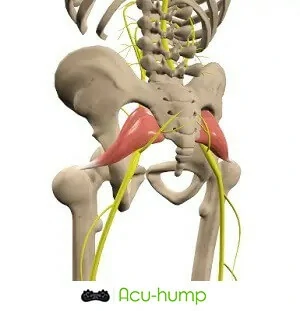
Acu-hump® Relieve Piriformis Pain
Piriformis syndrome is a condition characterized by the irritation or compression of the piriformis muscle. This muscle, located in the buttocks, plays a crucial role in hip stabilization and rotation. The most common causes of piriformis syndrome include muscle overuse, injury, or a tight piriformis muscle irritating the nearby sciatic nerve. symptoms of piriformis muscle problems often include pain, tenderness, and numbness in the buttocks that can radiate down the leg.
Living with piriformis syndrome can significantly impact daily life and mobility. Simple tasks like walking, sitting, or even standing can become painful and challenging. Exploring suitable exercises like walking can lead to potential relief and improved function.
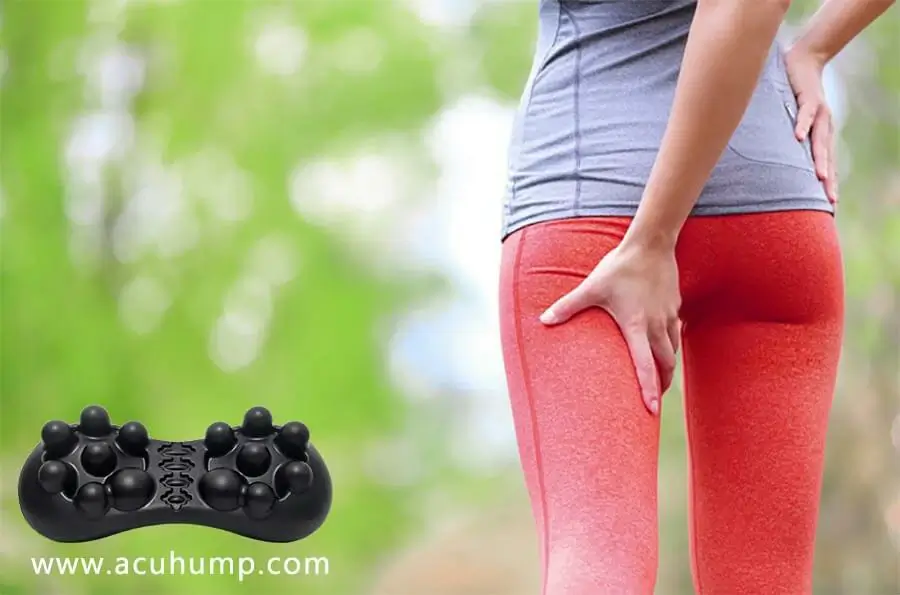
The Benefits of Walking for Piriformis Syndrome
Strengthening muscles without excessive strain
Walking is a low-impact exercise that helps strengthen muscles without putting excessive strain on the joints. In the case of piriformis syndrome, walking can help improve the overall stability and strength of the surrounding muscles, including the glutes and hips. Stronger muscles can better support and protect the piriformis muscle.
Promoting blood circulation and reducing inflammation
Walking increases blood flow throughout the body, including the affected area. Improved circulation aids in the delivery of nutrients and oxygen to the muscles, promoting healing and reducing inflammation. By reducing inflammation, walking can help alleviate the discomfort associated with piriformis syndrome.
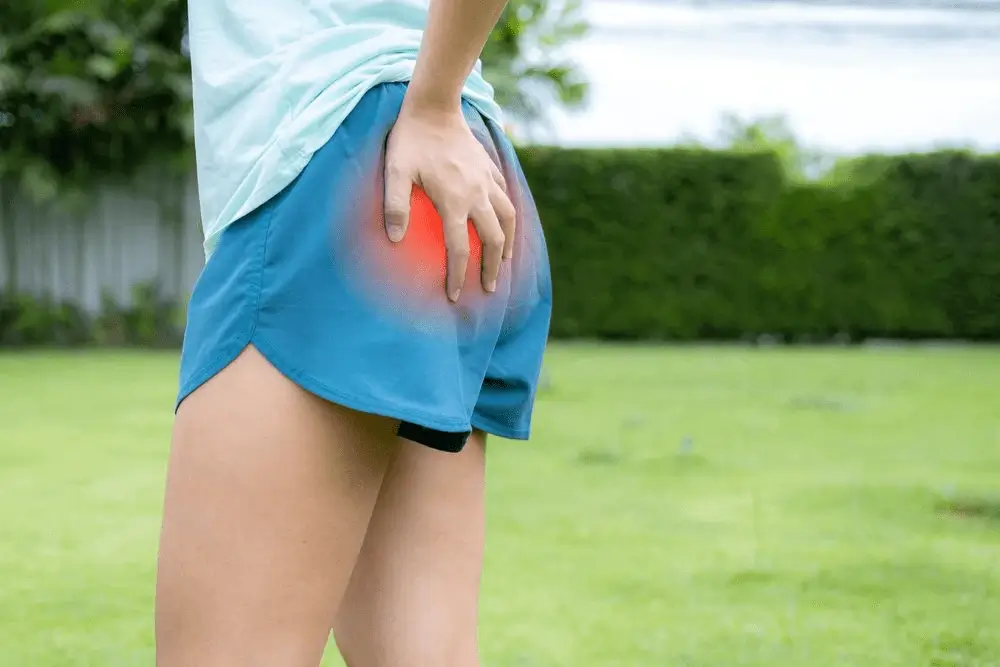
The Benefits of Walking for Piriformis Syndrome
Strengthening muscles without excessive strain
Walking is a low-impact exercise that helps strengthen muscles without putting excessive strain on the joints. In the case of piriformis syndrome, walking can help improve the overall stability and strength of the surrounding muscles, including the glutes and hips. Stronger muscles can better support and protect the piriformis muscle.
Promoting blood circulation and reducing inflammation
Walking increases blood flow throughout the body, including the affected area. Improved circulation aids in the delivery of nutrients and oxygen to the muscles, promoting healing and reducing inflammation. By reducing inflammation, walking can help alleviate the discomfort associated with piriformis syndrome.
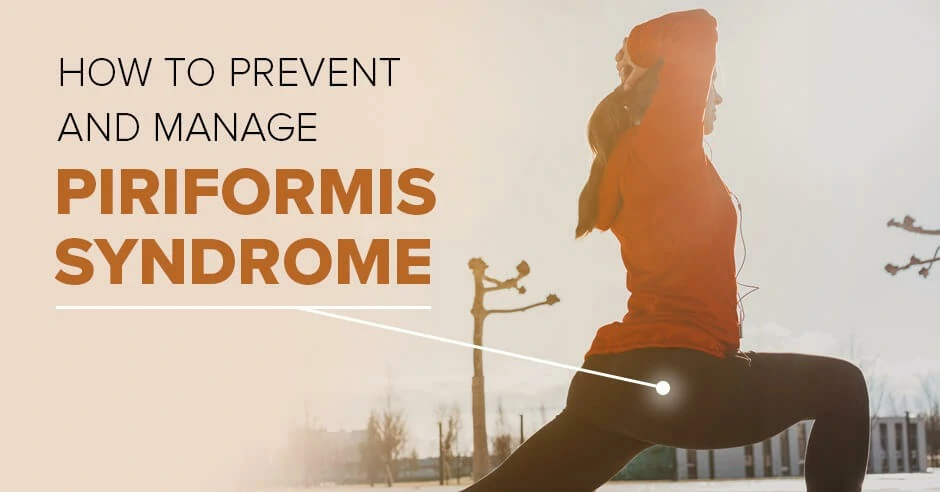
Tips for Safe and Effective Walking with Piriformis Syndrome
Consider walking on even surfaces and avoiding uneven terrain
Walking on even surfaces helps minimize the risk of tripping or sustaining additional injuries. Uneven terrain can place additional stress on the muscles and joints, potentially aggravating piriformis syndrome symptoms.
Incorporate rest days and cross-training activities to prevent overuse
Allowing your body to rest and recover is crucial for avoiding overuse injuries. Consider incorporating rest days between walking sessions and engaging in cross-training activities that challenge different muscle groups, reducing strain on the piriformis muscle.


Acu-hump®
Release Butt & Lower Back
Precautions and Modifications for Walking with Piriformis Syndrome
Modify stride length and pace to minimize strain on the piriformis muscle
Shorter strides and a slower pace can reduce the impact on the piriformis muscle and decrease the risk of aggravating symptoms. Take smaller steps and find a pace that feels comfortable for you.
Perform targeted stretches for the hips, glutes, and piriformis before and after walking
Stretching exercises targeted specifically for the hip, glute, and piriformis muscles can help warm up and loosen these areas, reducing the likelihood of discomfort during and after walking.
Seek professional guidance from a physical therapist or healthcare provider
Working with a physical therapist or healthcare provider can provide personalized guidance and recommendations tailored to your specific condition. They can help design an exercise plan that caters to your needs and goals while considering any underlying factors contributing to your piriformis syndrome.
Monitor your symptoms and adjust your walking routine accordingly
Everyone’s experience with piriformis syndrome is unique. Pay attention to how your body responds to walking. If you notice an increase in pain or other symptoms, modify your routine as needed to find what works best for you.
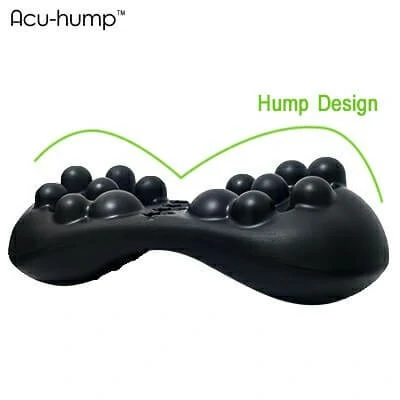
Acu-hump: 30-day return policy.
You have no risk.
Alternative Low-Impact Exercises for Piriformis Syndrome
Swimming or water aerobics for minimal stress on the joints
The buoyancy of water reduces the impact on joints, making swimming or water aerobics an excellent low-impact exercise option. These activities can help improve muscle strength and flexibility without putting excessive strain on the piriformis muscle.
Yoga or Pilates for gentle stretching and strengthening
Yoga stretches and Pilates incorporate gentle stretching and strengthening exercises that can help improve flexibility and core stability. These practices focus on body alignment and controlled movements, which can benefit individuals with piriformis syndrome.
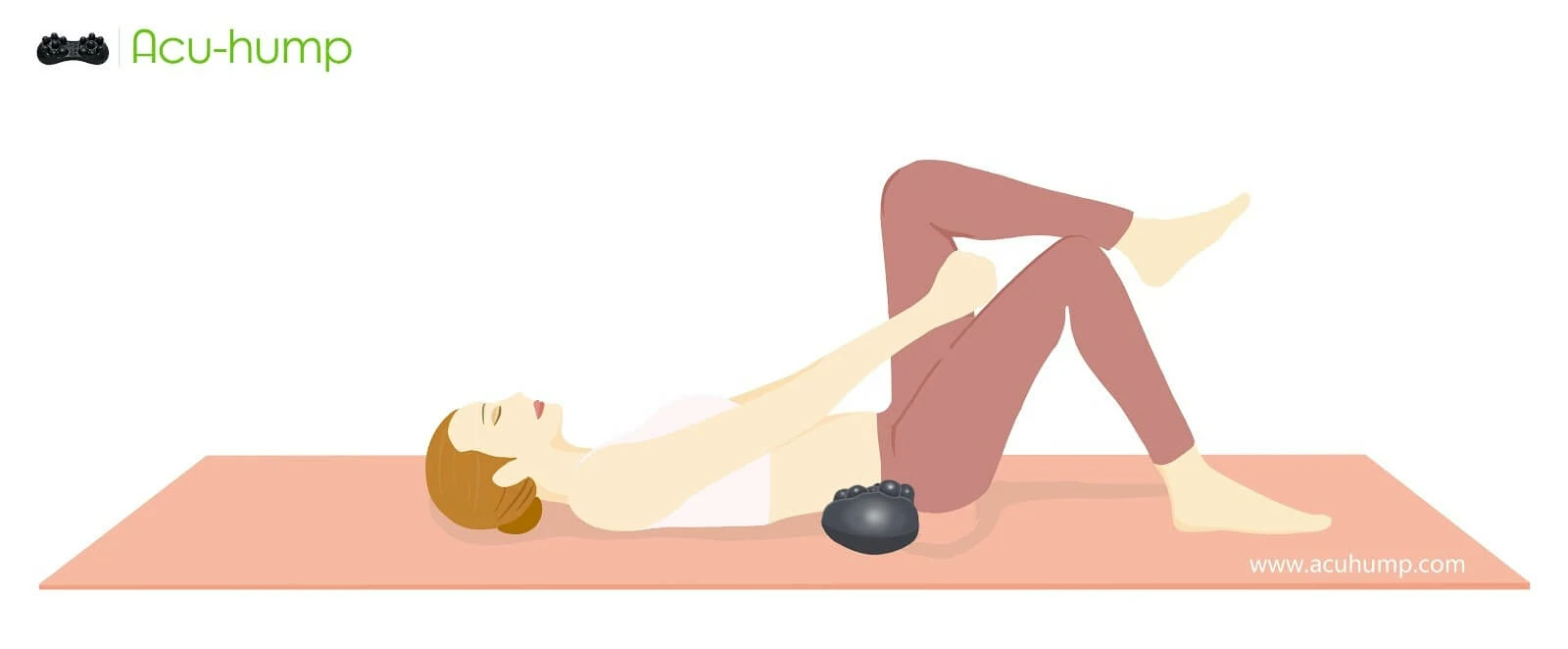
Acu-Hump for Piriformis Syndrome Relief
Explanation of Acu-Hump as a specialized tool designed to target the piriformis muscle
The Acu-Hump is a specialized tool specifically designed to target the piriformis muscle. Its unique shape and contours allow for effective trigger point release and muscle relaxation.
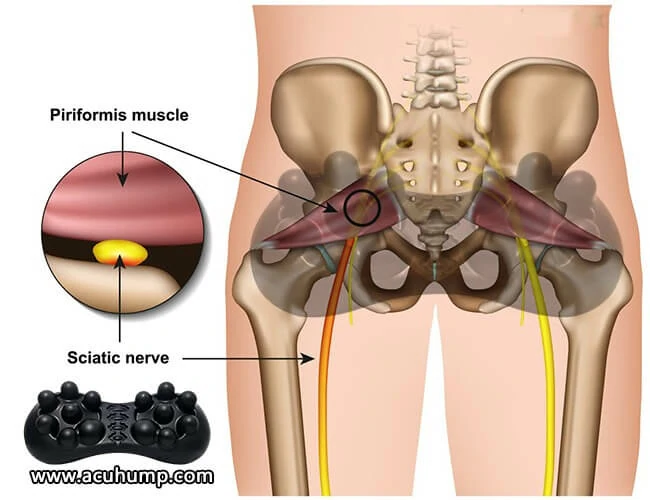
How Acu-hump works to alleviate pain, tension, and trigger points in the piriformis muscle
By placing the Acu-hump underneath the affected buttock, pressure is applied to the piriformis muscle, promoting myofascial release and reducing muscle tension. This may help alleviate pain and discomfort associated with piriformis syndrome.

Benefits of using Acu-hump in conjunction with walking for piriformis syndrome relief
Combining Acu-Hump with walking can provide a comprehensive approach to relieving piriformis syndrome symptoms. The tool can help further release muscle tension and trigger points, allowing for improved range of motion and reduced pain during and after walking.
Other Complementary Therapies for Piriformis Syndrome
Heat and ice therapy for pain management
Applying heat or ice to the affected area can help reduce pain and inflammation associated with piriformis syndrome. Heat therapy can relax the muscles, while cold therapy can numb the area and reduce swelling. Consult with a healthcare professional to determine which therapy is most appropriate for you.
Massage therapy to release tension in the muscles
Massage therapy can be beneficial for releasing tension in the muscles surrounding the affected area. A skilled massage therapist can target the piriformis muscle, providing relief and promoting overall relaxation.
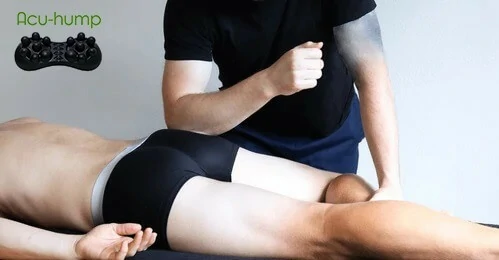
Physical therapy exercises tailored to address the root causes of piriformis syndrome
Physical therapists can provide specific exercises and stretches aimed at addressing the underlying causes of piriformis syndrome. These exercises can help correct muscle imbalances, improve posture, and strengthen weak muscles, leading to long-term relief.
Exploring the potential benefits of acupuncture or chiropractic treatments
Acupuncture and chiropractic treatments may offer additional relief for individuals with piriformis syndrome. These therapies focus on realigning the body, reducing muscle tension, and promoting overall balance. Consult with a licensed acupuncturist or chiropractor to discuss the potential benefits for your specific condition.
Walking can be beneficial for individuals with piriformis syndrome, offering numerous advantages such as muscle strengthening, improved circulation, and increased flexibility. It can also contribute to overall cardiovascular health, enhancing your body’s ability to manage chronic conditions like piriformis syndrome.
However, it is crucial to proceed with caution and take necessary precautions, including proper form, appropriate warm-up and cool-down exercises, and listening to your body’s signals. If you experience persistent or worsening symptoms, consult with a healthcare professional or physical therapist for individualized guidance and recommendations.
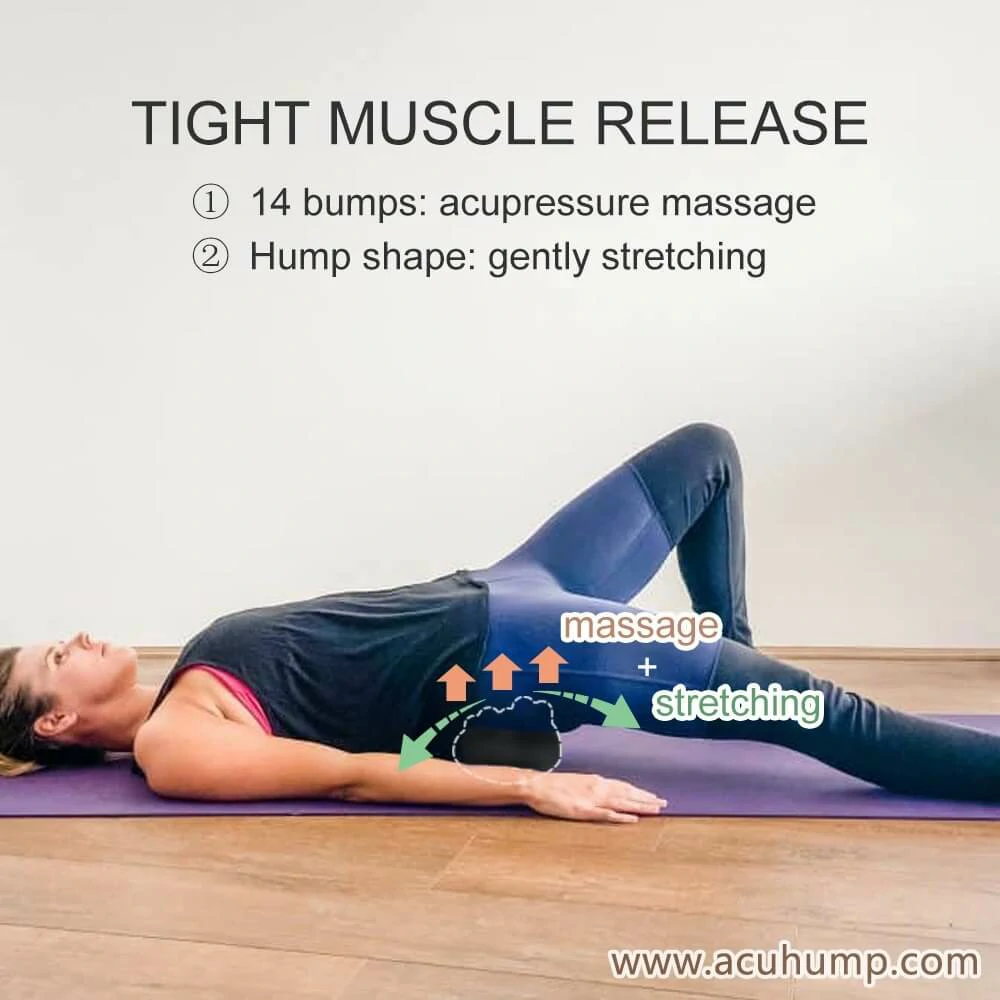
Acu-hump: Full refund policy. No risk for you.
Remember, finding the right balance between exercise and rest is key to effectively managing and alleviating piriformis syndrome. Incorporating additional therapies like Acu-hump, heat and ice therapy, massage, physical therapy exercises, and alternative treatments may further enhance your journey towards pain-free movement and improved well-being.
By adopting a holistic approach and understanding your body’s unique needs, you can find relief from piriformis syndrome and regain your mobility and quality of life.

